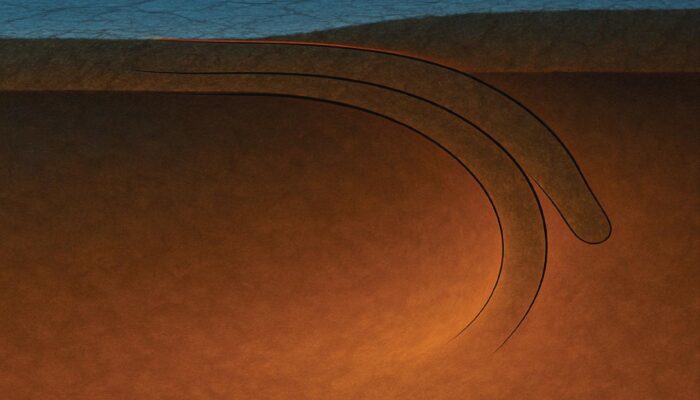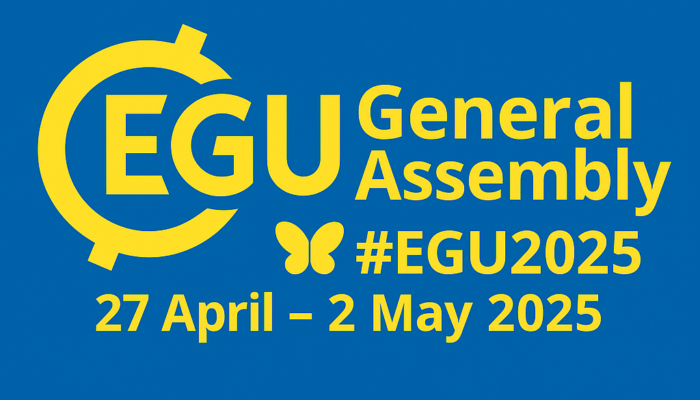Dear Geodynamics community, This is your trusted former Editor-in-Chief speaking. I have an important announcement! In very exciting news, the team behind the 101 Geodynamic modelling paper (which I am sure you have read and loved, right? No? Well, what are you waiting for?! Check it out here!) has reunited to write another very relevant paper tailored to the geodynamics community. You’re we ...[Read More]
Neil Ribe – Augustus Love Medallist 2025
The 2025 Augustus Love Medal of the Geodynamics Division was awarded to Neil Ribe in recognition of his outstanding and fundamental contributions to a wide range of problems in geodynamics using rigorous mathematical approaches. In this interview, he talks about his research and how he got involved in geodynamics, while also sharing his thoughts on what the future might hold for the discipline. Ne ...[Read More]
The Geodynamics Division @ EGU25
With the EGU General Assembly (GA) less than a month away, attendees should start planning their schedules to get the most out of the week. In today’s blog, Geodynamics (GD) Division Early Career Scientist (ECS) representative Garima Shukla highlights the GD Division’s networking events and provides an overview of key events at the GA. Networking Events: Geodynamics Division What: ECS ...[Read More]
Into the world of Girls into Geoscience: inspiring the future generation of female geoscientists

“Girls into Geoscience” is a UK-based outreach initiative aiming at encouraging female (and female identifying and non-binary) to pursue a career in Geosciences. I had the pleasure to interview the founders of this initiative, Prof. Sarah Boulton and Dr. Jodie Fisher, and discuss about their experiences, how the landscape of student recruitment has changed over the years and the challe ...[Read More]


